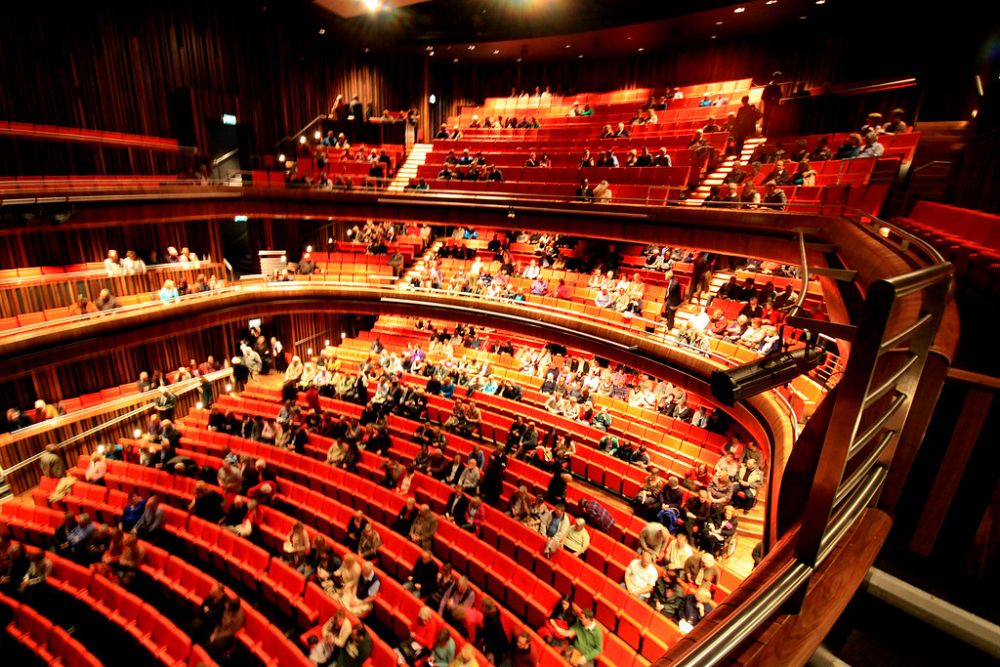

The Marlowe Theatre, located in the historic city of Canterbury, has been a cornerstone of the local arts and culture scene since its inception. Named after the famous Elizabethan playwright Christopher Marlowe, a contemporary of William Shakespeare and a native of Canterbury, the theatre has served as a cultural beacon, drawing visitors from all over the world.
The original Marlowe Theatre opened its doors in 1933, operating in the converted 19th-century hall of the Friars Primary School. It hosted a variety of performances, including plays, musicals, and opera. As its popularity grew, the demand for a more modern and spacious venue became apparent. In response to this, a new building was constructed, and the contemporary Marlowe Theatre, located on the site of the old Friars Cinema, was officially opened in October 2011.
Over the years, the Marlowe Theatre has significantly contributed to Canterbury's tourism sector. It has become an attraction not just for its theatrical productions but also for its architectural design and the role it plays in the city's rich cultural tapestry. The theatre's expansion and modernization have allowed it to attract higher-quality productions and larger audiences, thereby establishing Canterbury as a destination for high-caliber performing arts.
In recent years, tourism trends surrounding the Marlowe Theatre have been shaped by various factors, which include:
Looking ahead, the Marlowe Theatre is set to remain at the forefront of cultural experiences in Canterbury, directly influencing the region's tourism. With plans to expand their repertoire, incorporate innovative technologies, and provide unique visitor experiences, the theatre will continue to attract diverse audiences and contribute to the evolving narrative of the city's history and tourism development.